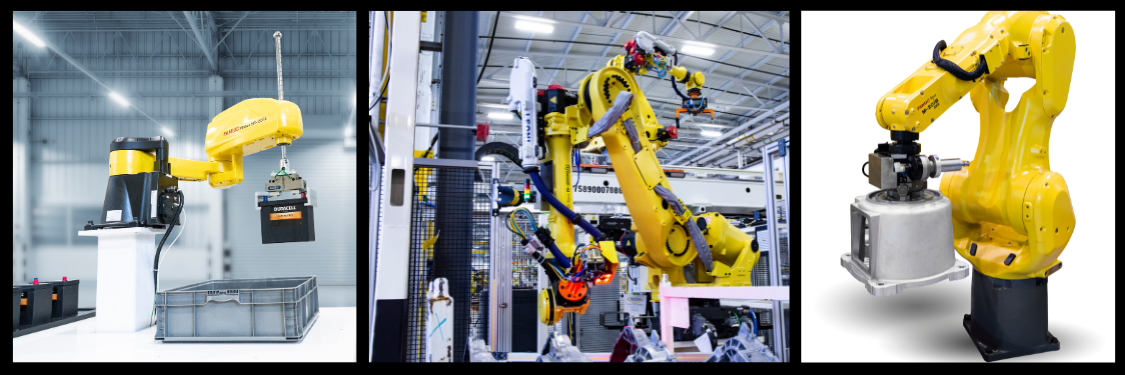In the midst of manufacturing today, robot arms are rewriting the rules of production, blending precision, safety and efficiency in ways that were previously unimaginable. These amazing machines – commonly known as robot arms been a necessity for industries across the globe, due to the urgent need to cut operating costs without compromising on quality. Robotic arms are being incorporated into production lines to reduce costs and improve security. Let’s look at how these revolutionary machines are changing the industrial landscape.

Image credit: automatedsolutions.com.au
The primary force behind the global surge in robotic arm adoption is cost efficiency. The owners of factories are under constant stress to prevent workplace injuries, limit production mistakes, and minimize the amount of waste. Robotic arms are designed to combat these challenges. Robots help avoid costly mistakes and minimize the use of raw materials because they can perform repetitive tasks more efficiently than humans. For instance, in large-scale industries such as automotive manufacturing arms are able to perform precise welding and part positioning to ensure perfect assembly each time. This quality of work can result in significant savings as less defective parts mean less work and less waste.
The safety of robotic arms is an essential element. Numerous manufacturing jobs like working with hazardous materials or using machines that are heavy pose a risk to workers. With the help of robot arms, firms can keep workers out of potential danger zones. This lowers the risk of injury at work. Robotic arms are comprised of a variety of movable joints that replicate the human arm’s capabilities. They operate without the danger of injury. Equipped with programmable hand end effectors, these devices can accomplish tasks that could be hazardous for humans, like spinning or welding.
Robotic arms can be a game changer in many industries due to their ability. Robot arms can be adapted to a variety of tasks. From automotive assembly to electronics production. They are able to perform complicated tasks with unparalleled precision, such as machine tool tending and painting. Robotic arms for warehousing have revolutionized palletizing by automating load of goods onto pallets. The automation increases productivity and the reliability of robots as they work continuously without getting tired.
One of the most thrilling developments in this field is the rise of collaborative robots, or cobots, which work alongside human employees. Cobots with robotic arms, unlike traditional industrial robots that are confined in isolated cells, are designed to be able to communicate with humans securely and smoothly. A cobot’s robotic hand can be utilized for routine tasks like heavy lifting in factories, so that human workers are freed to perform more demanding tasks. This type of collaboration boosts productivity and maintains a safe workplace, since cobots can be programmed so that they can adjust or stop their actions when the person in front of them is.
The significance of robotic arms goes beyond the safety and efficiency of robotic arms to the very structure of manufacturing today. They are essential to industries that require high precision in processes such as welding, assembly or even material handling. For instance, can be used to rotate and move components in assembly within the automotive industry, making sure that they are precisely aligned, with no human involvement. In electronics, robot arms manage delicate components carefully, minimizing damage while also improving the quality of output.
As the world of manufacturing continues to change, the role of robotic arms will only grow. Because they are able to cut costs, increase safety, and adapt for different tasks, robotic arms are the cornerstones of the future manufacturing. Utilizing cutting-edge technology and human creativity, robotic arms aren’t just instruments. They are partners that drive the pace of innovation and are changing how we build our world.